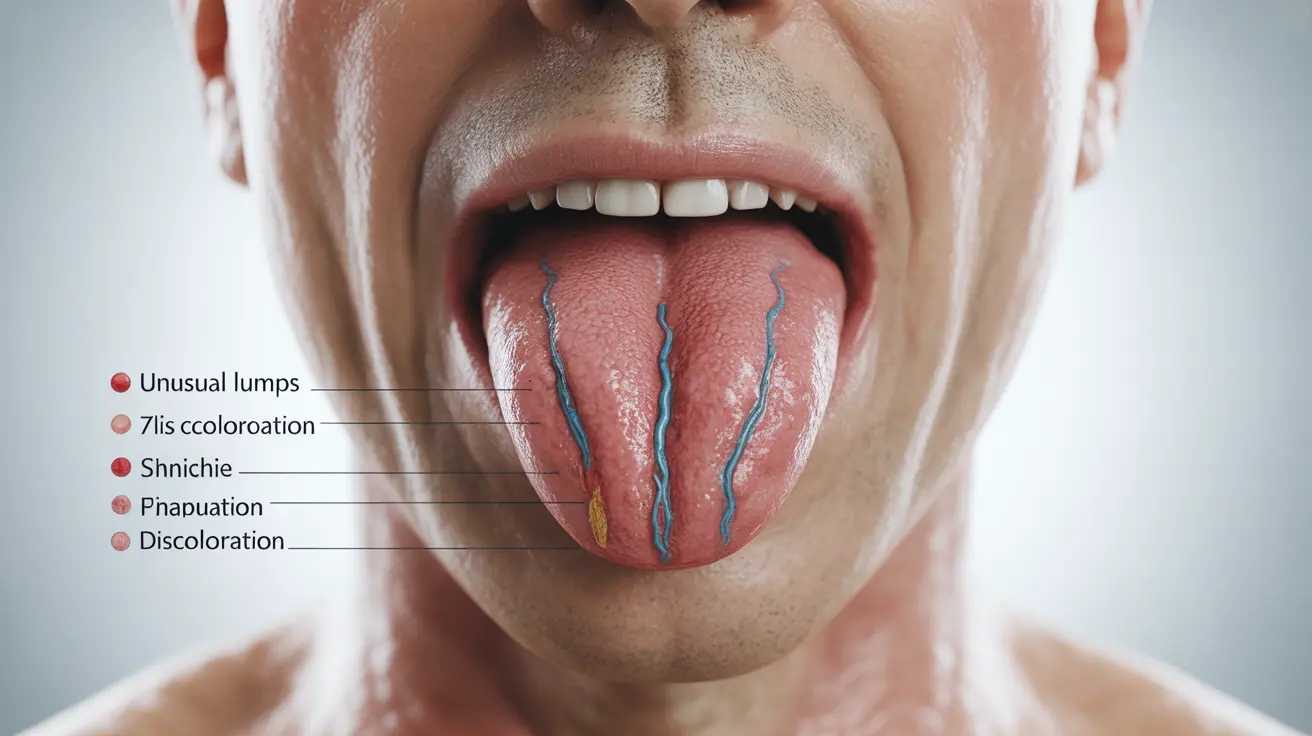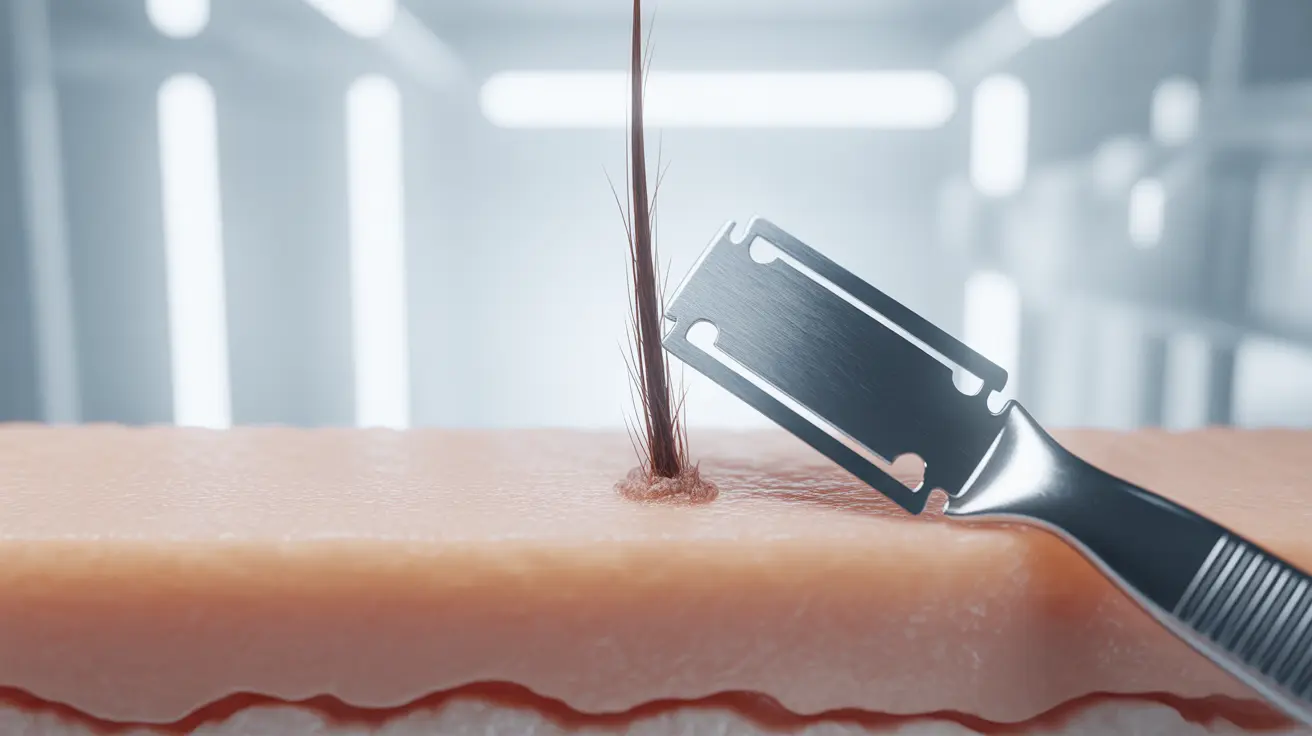Under tongue cancer, also known as sublingual cancer, is a serious condition that affects the tissues beneath the tongue. Early detection and proper medical intervention are crucial for successful treatment outcomes. Understanding the signs, risk factors, and available treatments can help individuals seek timely medical attention and make informed decisions about their health care.
This comprehensive guide will explore the essential aspects of under tongue cancer, including its symptoms, diagnosis process, treatment options, and preventive measures. We'll also help you distinguish between common mouth sores and potential cancer indicators.
Early Warning Signs and Symptoms
Recognizing the early signs of under tongue cancer is vital for prompt medical intervention. Common symptoms include:
- Persistent pain or discomfort under the tongue
- Unusual lumps or thickening of tissue
- Red or white patches on the underside of the tongue
- Difficulty moving the tongue or speaking
- Unexplained bleeding
- Changes in taste sensation
- Persistent sore throat
If you experience any of these symptoms for more than two weeks, it's important to consult a healthcare provider for evaluation.
Diagnosis Process
Diagnosing under tongue cancer typically involves several steps and specialized tests:
Physical Examination
Your doctor will conduct a thorough examination of your mouth, focusing on the area under the tongue. They will look for visible abnormalities and feel for unusual lumps or textures.
Diagnostic Tests
Several tests may be necessary to confirm a diagnosis:
- Biopsy of suspicious tissue
- Imaging tests (MRI, CT scan, PET scan)
- Endoscopic examination
- Blood tests
- Lymph node examination
Treatment Approaches
Treatment for under tongue cancer varies depending on the stage, size, and location of the tumor. Common treatment options include:
Surgery
Surgical intervention may involve removing the tumor and surrounding tissue. In some cases, reconstruction might be necessary to maintain function and appearance.
Radiation Therapy
Radiation treatment can be used alone or in combination with surgery to target cancer cells and prevent recurrence.
Chemotherapy
Systemic treatment with chemotherapy drugs may be recommended, especially for advanced cases or when cancer has spread.
Risk Factors and Prevention
Understanding risk factors can help in prevention and early detection:
- Tobacco use (smoking or chewing)
- Heavy alcohol consumption
- Poor oral hygiene
- Human papillomavirus (HPV) infection
- Family history of oral cancers
- Advanced age
Frequently Asked Questions
What are the common early symptoms of under tongue cancer that I should watch for?
Early symptoms include persistent pain under the tongue, unusual lumps or patches, difficulty moving the tongue, unexplained bleeding, and changes in taste sensation. Any symptoms lasting longer than two weeks should be evaluated by a healthcare provider.
How is under tongue cancer diagnosed and what tests might be needed?
Diagnosis typically involves a physical examination, biopsy of suspicious tissue, imaging tests (MRI, CT scan, PET scan), and possibly endoscopic examination. Your doctor may also check lymph nodes and order blood tests.
What treatment options are available for cancer under the tongue and how do they affect speech and swallowing?
Treatment options include surgery, radiation therapy, and chemotherapy. These treatments may temporarily or permanently affect speech and swallowing, but rehabilitation services can help manage these challenges. The specific impacts depend on the extent of treatment required.
Can smoking or alcohol use increase the risk of developing under tongue cancer?
Yes, both smoking and heavy alcohol use significantly increase the risk of developing under tongue cancer. The risk is even higher when these habits are combined. Quitting smoking and limiting alcohol consumption can help reduce your risk.
How can I differentiate between harmless mouth sores and signs of under tongue cancer?
While common mouth sores typically heal within two weeks, potential cancer signs persist longer and may be accompanied by bleeding, numbness, or difficulty moving the tongue. Any sore that doesn't heal within two weeks should be evaluated by a healthcare professional.




